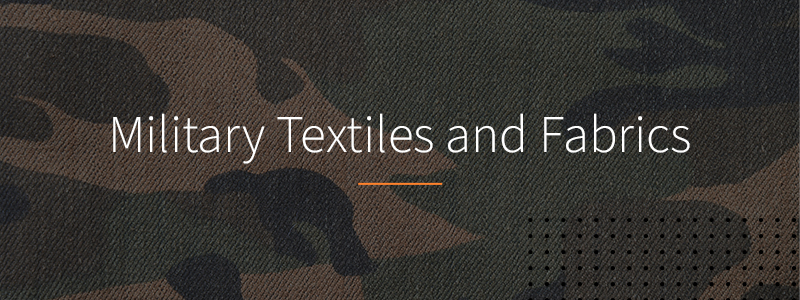


If you’ve noticed the speed at which technology is growing, you’re not alone. We’re on the fast track with innovations that are changing the world in which we live.
Within the textile industry, there’s increased demand for smart fabrics – fusing fibers and yarns with integrated circuits, LEDs, solar cells and other devices to create textiles that can sense, communicate, transmit information, regulate temperature, monitor health, change color, etc. Catching the eye of many product engineers are “wearables” and “nanotechnology” – active wear with sensors to monitor heartrate or functional fabrics that help regulate body temperature and measure sleep patterns.
Specialized fabrics are now being knit into a variety of products adding to key safety measures. Gloves, safety jackets, and uniforms for law enforcement and military personnel are just some of the significant developments being made. At Apex Mills, we already have experience serving the industries that are targeted for these technological advances, including aerospace, defense, military, safety, medical and more.
As we’ve touched upon in previous blog posts, nanotech is seeping its way into a combination of the apparel and safety industries. According to a nanowerk.com article, this kind of textile application has been in the works for several years. Nanowerk confirms, “[…] among the applications currently feasible are, in particular dirt and/or water-repellent and antibacterial textiles and, although they are as yet produced on a very small scale, textiles which give UV radiation protection and so-called ‘Cosmeto-textiles’ (e.g. ladies tights) with woven-in nano-capsules containing special body care substances. Bullet-proof vests containing carbon nanotubes (CNT) are also currently available, as are heat isolating and moisture-absorbent textiles. […] Researchers are also investigating textile materials made from nanofibres which can act as a filter for pathogens (bacteria, viruses), toxic gasses, or poisonous or harmful substances in the air. Medical staff, fire fighters, the emergency services or military personnel could all benefit from protective garments made from materials such as these.“
Textile and technological businesses are inching towards a combined effort to improve fabric function and use while monitoring other industries like health and safety. If the two industries continue to work together, side by side, we could be seeing a serious textile/digital breakthrough.
Whether it’s the clothes you wear, the shoes you run in, or garment protection at your place of work, the use of technology in textiles is making the world a more efficient, productive, and certainly, a more creative place. And this is just the start—who knows where these incredible textiles will go next? Keep an eye out for our future blogs in which we will be discussing smart textiles more closely in depth. In the meantime, follow us on LinkedIn and Twitter for the latest textile industry updates or visit our website at apexmills.com.




Reach your most challenging
textile goals with confidence.